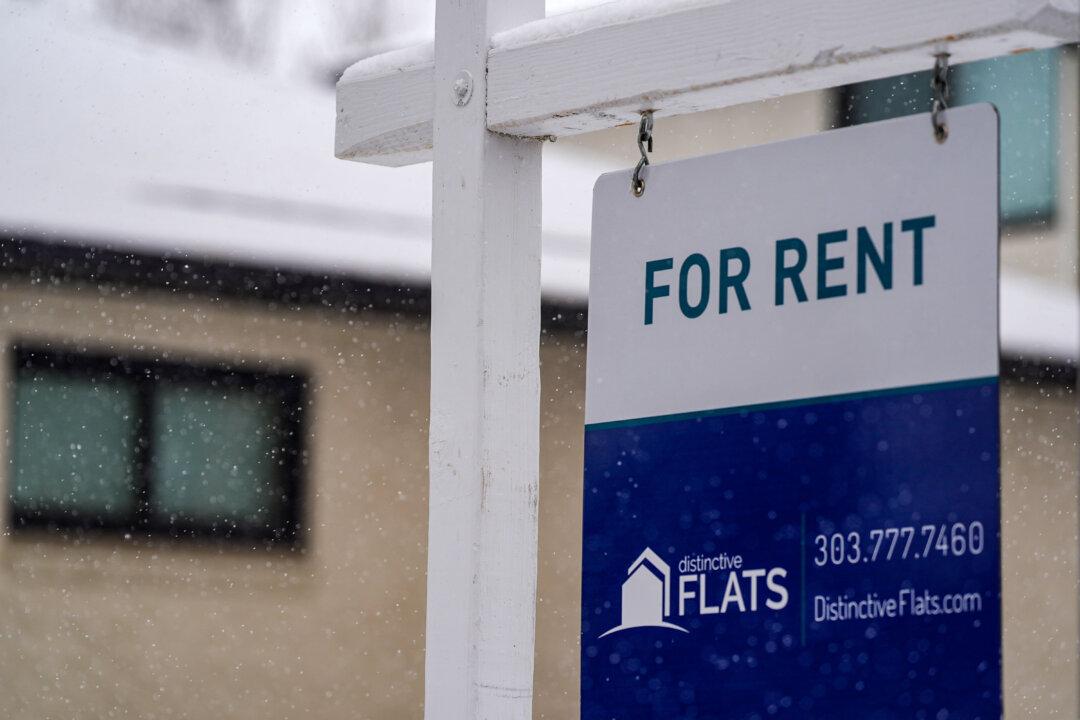NAHB’s Housing Market Index increased by one point from March to hit the 40 level in April. A reading less than 50 indicates lower optimism among builders about the current and near-term housing outlook.
The group suggested that the one-point bump in confidence was “likely due to a slight retreat in mortgage interest rates in recent weeks.”
NAHB Chairman Buddy Hughes said the recent decline in mortgage rates could have brought some prospective buyers into the market, helping builders net more sales.
Moreover, tariffs have raised price volatility of raw materials for developers at a time when the industry is already dealing with a lack of buildable lots and labor shortage, he said.
The reciprocal tariffs were paused for 90 days last week as Washington negotiates trade deals with various nations.
According to NAHB, when asked about how tariffs have affected business, 60 percent reported suppliers raising or announcing higher prices for raw materials due to the tariffs.
“On average, suppliers have increased their prices by 6.3 percent in response to announced, enacted, or expected tariffs. This means builders estimate a typical cost effect from recent tariff actions at $10,900 per home,” NAHB said.
Meanwhile, softwood lumber prices are 19.4 percent higher compared to a year back, NAHB said.
“NAHB is pleased President [Donald] Trump recognized the importance of critical construction inputs for housing and chose to continue current exemptions for Canadian and Mexican products, with a specific exemption for lumber from any new tariffs at this time,” Hughes said.
Raw Material Costs Spike
According to Associated Builders and Contractors (ABC), tariffs drove up construction raw material prices by 0.5 percent in March, with nonresidential construction input costs rising 0.6 percent for the month.ABC chief economist Anirban Basu said input prices rose for the third straight month in March and have risen at a 9.7 percent annualized rate through the first quarter of this year.
“The emerging effects of tariffs are glaring in the March data release, with iron and steel, steel mill products, and copper wire and cable prices all rising more than 5 percent for the month,” he said.
“While contractors remain busy for the time being, according to ABC’s Construction Backlog Indicator, this pace of input price escalation, coupled with rising uncertainty, will cause projects to be delayed and canceled if it persists for any meaningful length of time.”
The Trump administration has taken action to ease burdens on the construction industry.
Peter Navarro, senior counselor on trade and manufacturing, recently criticized the prior administration’s “disastrous timber and lumber policies.”
“They drive up construction and housing costs and impoverish America through large trade deficits that result from exporters like Canada, Germany, and Brazil dumping lumber into our markets at the expense of both our economic prosperity and national security,” he said.







